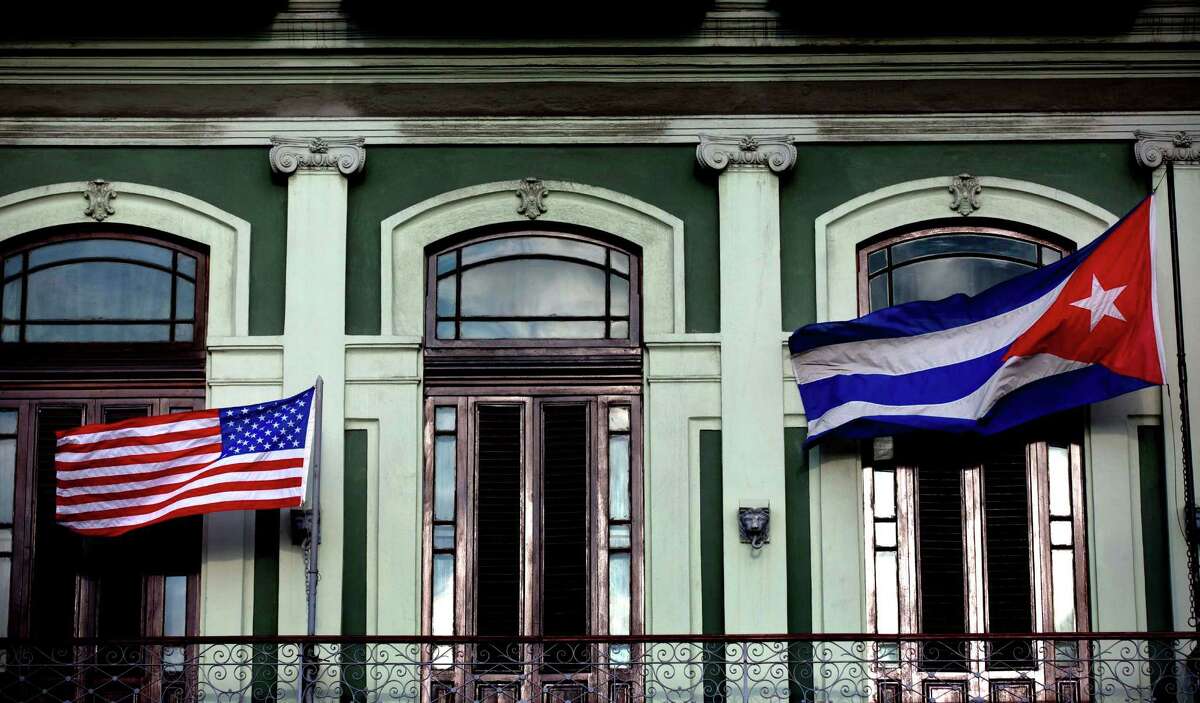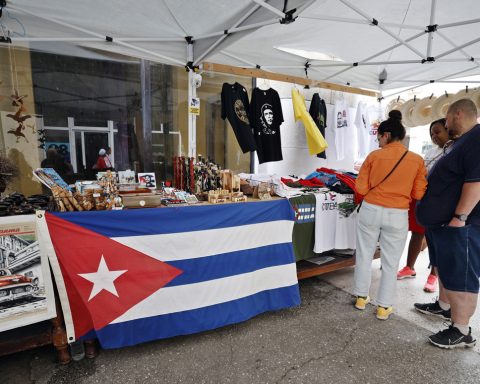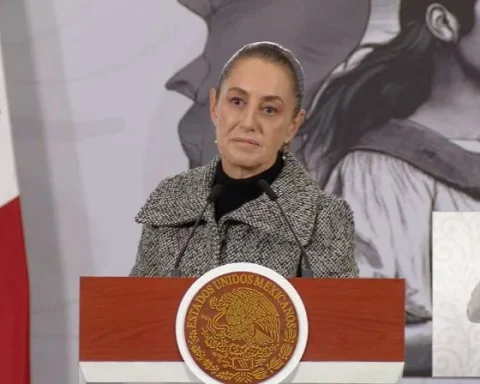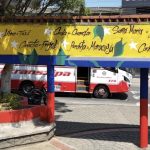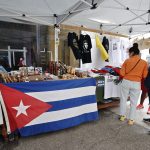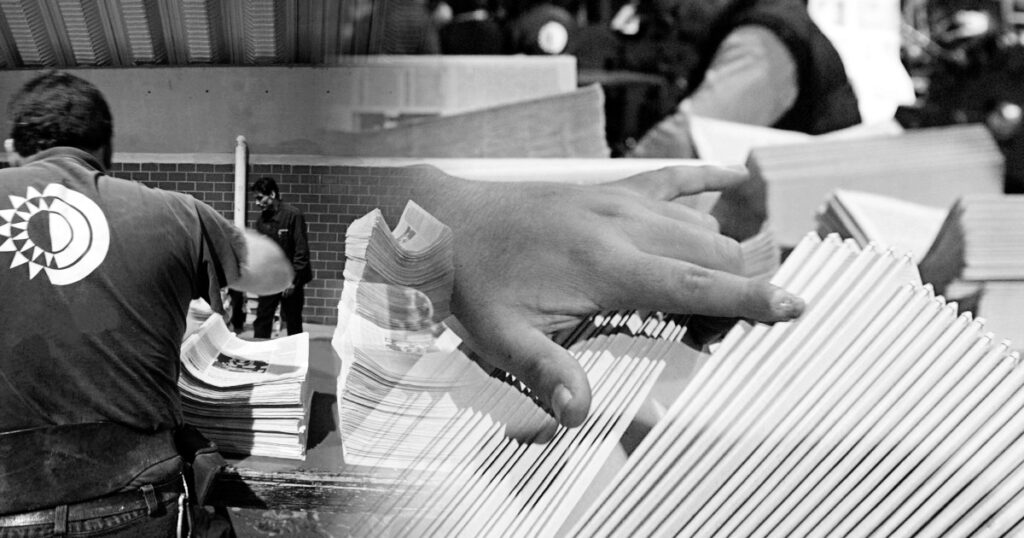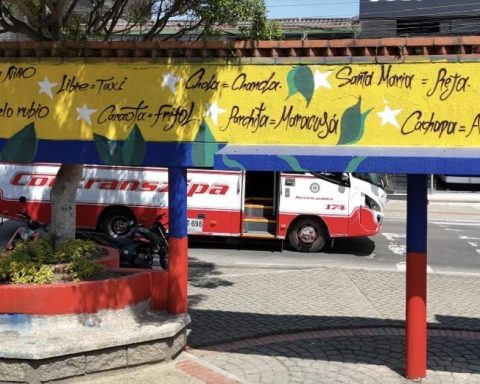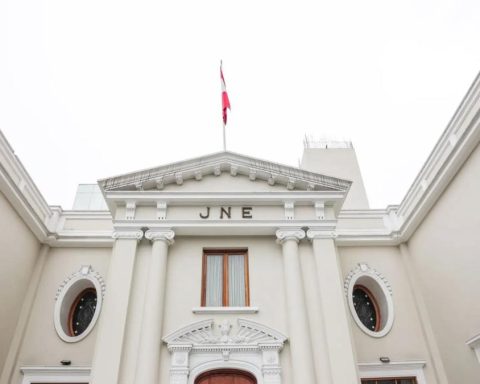One of the jewels of the Cuban hotel industry, along with the Inglaterra (1875), the Telégrafo (1888) and the Sevilla (1908). Located in a privileged area of Alto Prado, increasingly valued after the Capitolio was inaugurated (1929), the Saratoga was not, however, a hotel, as such, from the beginning of time, but rather a multipurpose building that housed a tobacco warehouse belonging to to the peninsular merchant Gregorio Palacios. This is a data insufficiently contextualized in the poorly written reports and soon in the middle of the terrible accident last Friday, since it is often overlooked that from those beginnings it also had accommodation functions by renting 43 rooms on its third floor, including a dining room for its corresponding guests.
Later, prompted by the boom tourism that brought to Cuba, and particularly to Havana, the Prohibition of the Sale of Alcoholic Beverages in the United States (1920-1933), the Saratoga became a full-fledged hotel, unfolding its own history ever since, not exempt from tribulations and incidents. One of them, hardly known, occurred in December 1937 with the visit to Cuba of the Afro-American congressman Arthur W. Mitchell (1883-1968), over time a champion of civil rights. The historian Frank A. Guridy sums up the fact: “Mitchell’s successful visit was marred by an encounter with racial discrimination when the congressman, his wife Annie Mitchell and their Afro-Cuban hosts had difficulty getting a table for dinner at the Hotel Saratoga in Havana.”
And he continues: “The news of the incident spread rapidly throughout Cuba, generating energetic protests from numerous Afro-Cuban organizations. […] and petitions addressed to the president of Cuba so that they will expel the hotel from the country for violating the Cuban Constitution and insulting this ‘distinguished leader of the colored race’”. This suggests a probable US management/administration, thereby anticipating the segregationist treatment given to Nat King Cole during his first trip to Havana, when he was prevented from staying at the Hotel Nacional, then run by a mafia-controlled firm.
But there was a very different dimension that gave it tremendous prominence and splendor, related to Cuban music: the famous marquee of the Hotel Saratoga. The Cuban guitarist testifies Senen Suarez (1922-2013):
Paseo Martí street, which the town baptized as El Paseo del Prado, was the avenue par excellence for distraction in the 40s, from Monte and Prado, where the CMQ was based with its studio and space for the public. One block further north —that is, Prado y Dragones— was the Saratoga marquee with a stage closed by glass and tables around it, where the most renowned Cuban artists and musicians performed.
Two more distant blocks were Los Aires Libres, where there were two open platforms, about 50 meters apart, and the Orquesta Ensueño, by Guillermina Follo, performed regularly in one, and in the other the Anacaonas with substitution sometimes of the Sisters Alvarez. Opposite the Capitol, the Cadena Roja radio station produced live music in its studios where, among other things, you could listen to the Trio Hermanos Díaz with the tanguist Armando Bianchi and the Conjunto Bolero del 32 de Luis Felipe.
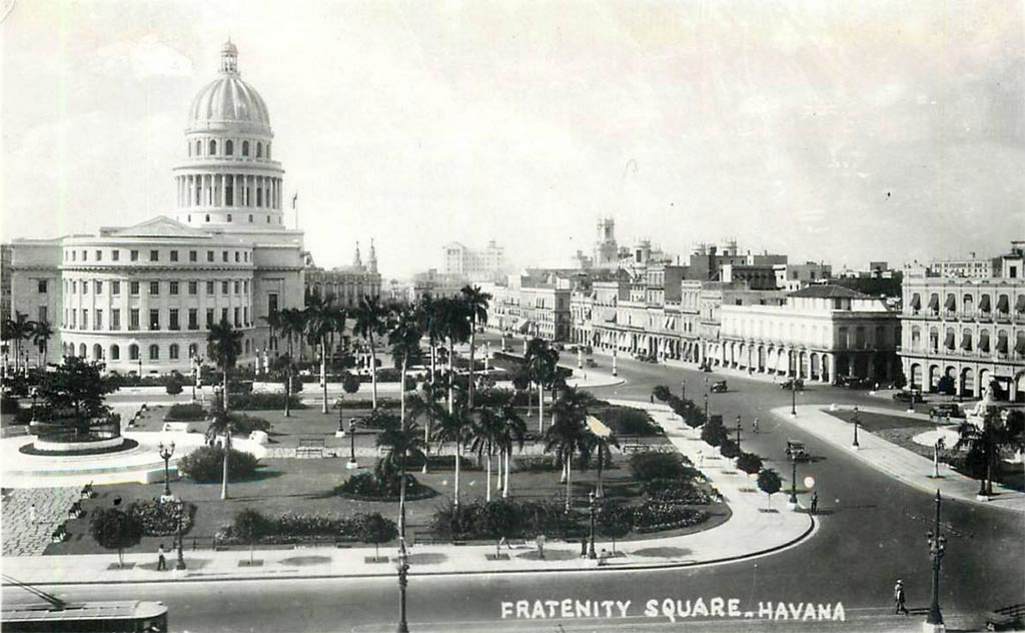
La Marquesina del Saratoga, writes the Cuban musicographer Rosa Marquetti, was “a safe space for numerous musical groups; Its managers know the great attraction that music represents, especially for the North American tourists who frequent it, realizing that the pulse could be felt there and the sound of a real and friendly Havana could be heard. They never had any qualms about presenting emerging musicians, which is why the growing movement of women’s orchestras had Los Aires Libres del Prado as a true launching pad”.
It was like the other side of Las Fritas de Marianao, where popular self-employed people offered in their carts and kiosks, at modest prices, a whole gastronomic cornucopia such as the classic Cuban fries, stuffed potatoes, snacks, bread with steak, fried foods, chicharritas, bread with tortilla, tamales and other wonders, all to the rhythm of sones, rumbas and guarachas. In the 1950s, the Spanish musicologist Adolfo Salazar baptized what sounded there as the “Music of the Fritas”. The place had been populated with bars with names as sonorous as they were programmatic: “El Francés”, “El Inglés”, “El Gallito”, “Milo Bar”, “Caña Brava”, “La Bombilla”. And low-cost cabarets called “Mi Bohío”, “El Niche”, “El Flotante”, “El Panchín”, “El Pompilio”, “La Taberna de Pedro”. A true academy for Cuban popular musicians.
In 1951 the Jamaican writer. W. Adolph Roberts, one of the most knowledgeable foreigners of the capital, including its seedy areas, did not hesitate to consider the Saratoga one of the best hotels in Alto Prado. “The Pasaje hotel and the Saratoga”, he wrote in his Havana. The Portal of a City, “They fall into the same category as England.” And he left us an extremely interesting fact: “The clientele of these hotels is almost exclusively Cuban”, as opposed to the Sevilla Baltimore and the Nacional (1930), two of the favorites of the Americans before the other one was produced. boom of palm trees, alcohol, showgirls and casinos, summed up in the Capri, Habana Hilton and, finally, the Riviera hotels.
Later, with the revolutionary process, the property suffered a progressive deterioration until it fell into decline and was closed, not before having served as a home for popular family nuclei in an area characterized by its high levels of population concentration and poverty. But one research assures that in 1998 the phoenix of reconstruction would give the hotel its first flutter when a British-Lebanese businessman and his firm associated with Habaguanex, empowered since January 1994 by the Cuban government to rescue and dignify the Historic Center of La Havana.
The work of the Saratoga was then in charge of the Fénix construction firm, of the same Habaguanex, which used the method known as “gutting and preserving”, that is, preserving the original facade by demolishing, in fact, the rest of the structure and making other changes. A method typical of large hotels, with more than 80 rooms, and infrastructures in ruins that would require considerable resources and expenses to be able to adapt them to contemporary standards.
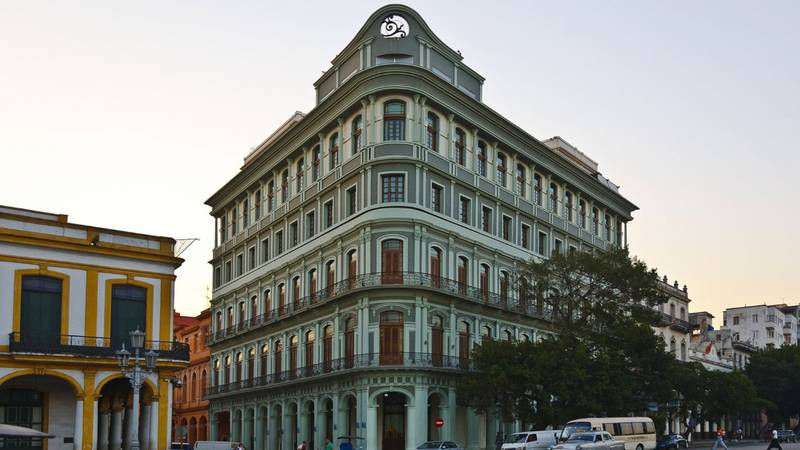

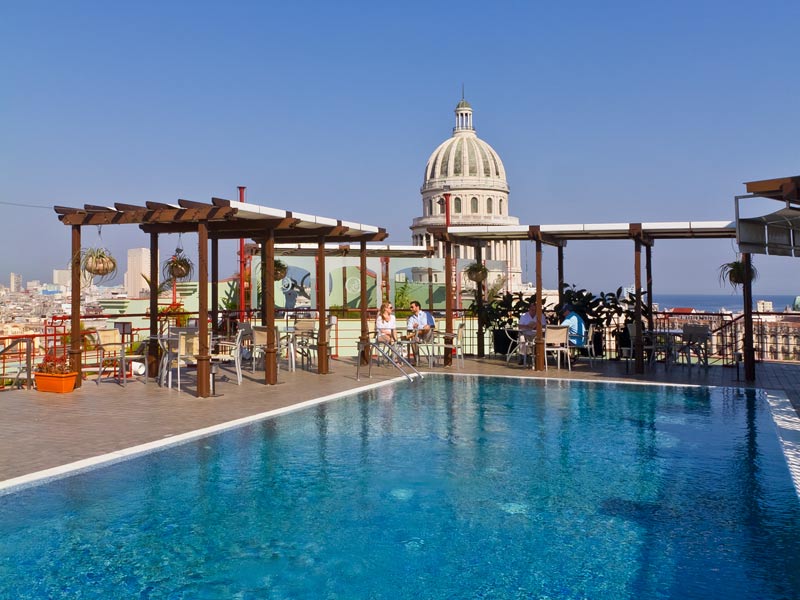
Seven years later, in 2005, its inauguration finally took place. Converted into a five-star hotel with 96 rooms, 3 bars, 2 restaurants, a business center, spa, a rooftop pool, and with its neoclassical façade with French windows, mahogany shutters and wrought-iron balconies, the Saratoga , now operated by a homonymous joint venture, gradually became one of the favorite hotels of Americans who visited Havana, especially during the so-called political people to people, developed by the Obama administration and consisting of facilitating the presence of US citizens with cultural licenses in Cuban streets as ambassadors and catalysts for change.
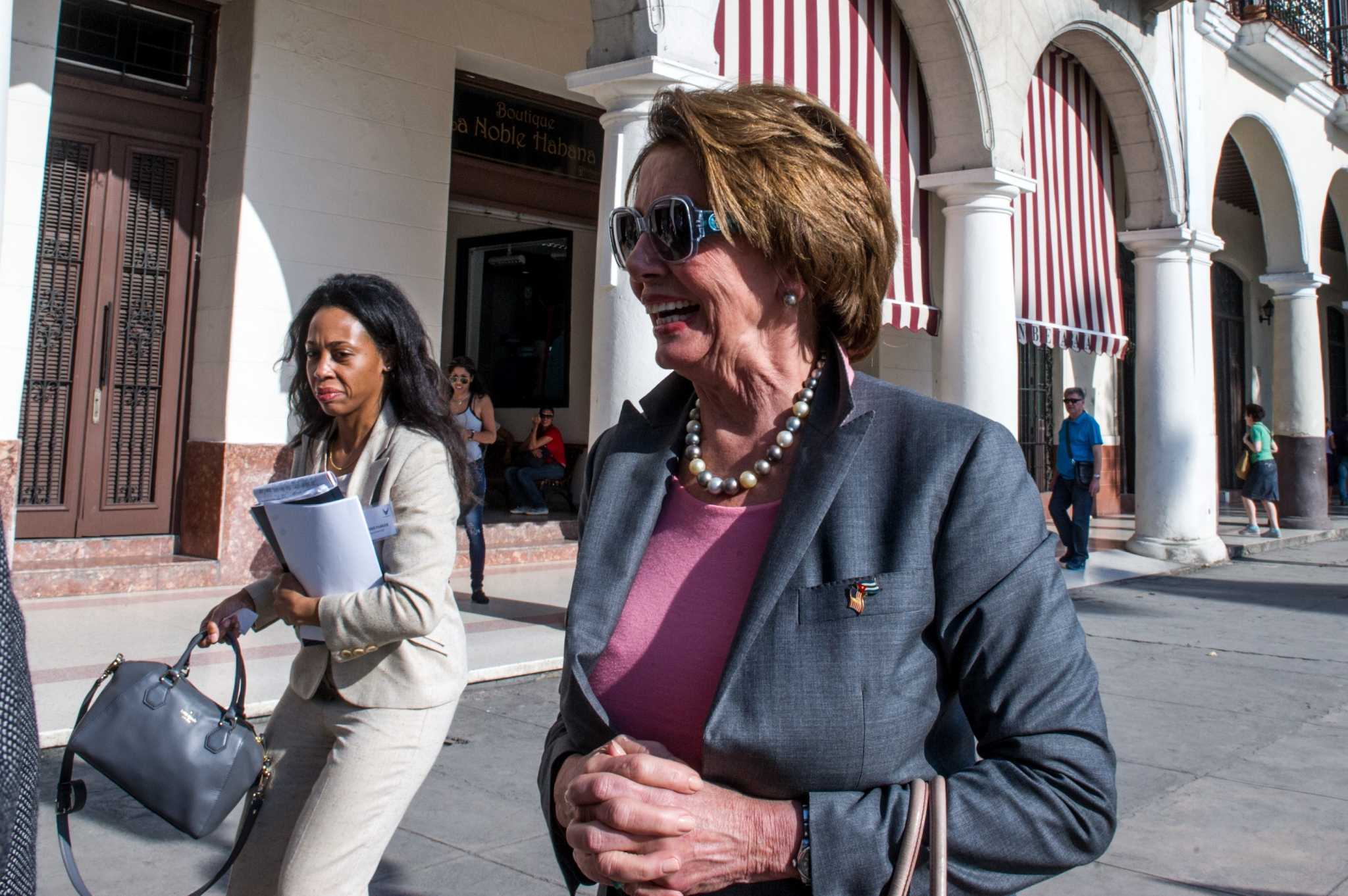
A turning point was undoubtedly the trip of Beyonce and Jay-Z to Havana in 2013, led by Academic Agreemenet Abroad, a New York institution authorized by the Department of Commerce to carry out cultural trips to Cuba. Installed in the Saratoga, the couple of artists assumed at the beginning that they would go unnoticed in a country without Coca Cola or MacDonald’s, and where in addition everything is old, from the almond trees rolling in the streets to the music of the Buena Vista Social Club and the half-ruined buildings that insistently populate the landscape. But, surprise, they were recognized from the first night they left the hotel to “La Guarida”, the private restaurant where memorable scenes from the film were filmed. Strawberry and Chocolatethe same thing that happened at the time to other luminaries of the jet set like Jack Nicholson, Will Smith, Kevin Spacey, Naomi Campbell, Jodie Foster, Leonardo DiCaprio, Katy Perry, Kanye West, Usher, Kim, Khloe and Kourtney Kardashian…
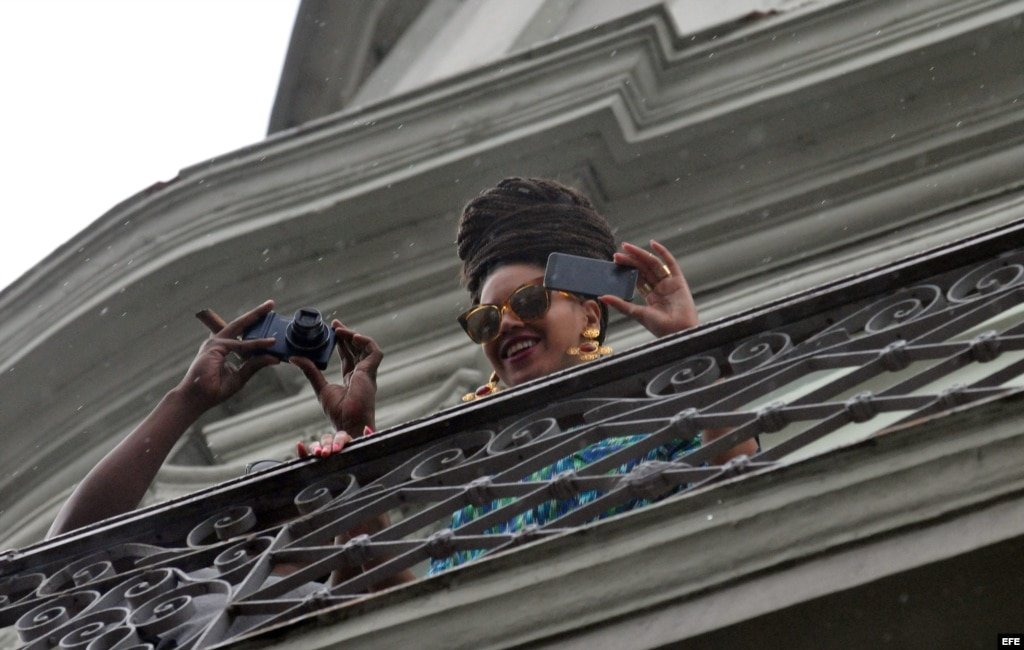
The truth is that that stay, and the inevitable political debate that it gave rise to, gave Cuba stellar places of social visibility in the United States, as it was included during those days in the daily programming of the media.
Seen from today, the visit undoubtedly contributes to explaining the subsequent presence in the Saratoga of congressmen such as Nancy Pelosi and Patrick Leahy, and even the 58th birthday of the stellar Madonna (2016), who stayed with her daughter, the Cuban-American Lourdes León, in one of the exclusive hotel suites in the midst of a dreamlike atmosphere in Havana characterized by the bilateral reunion, the filming of the eighth part of Fast&Furious in Centro Habana and Old Havana, the Karl Lagerfeld and Casa Chanel fashion show in the Prado itself, and the Rolling Stones concert in the Ciudad Deportiva.
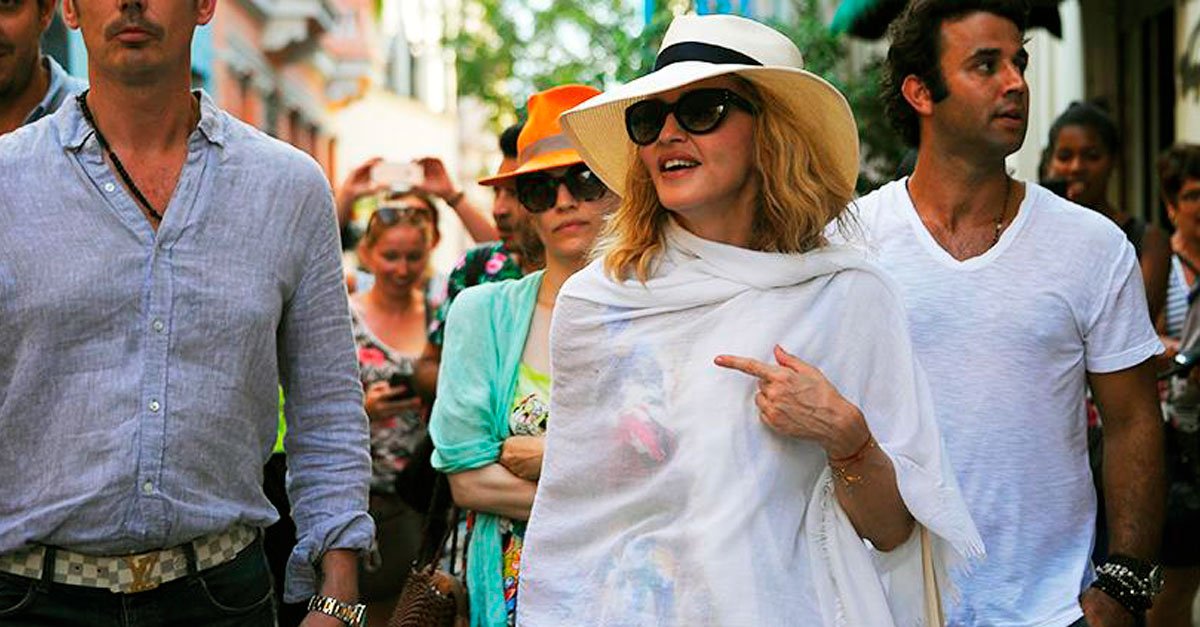
It was as the singer Bonnie Rait had predicted years before at the Hotel Nacional de Cuba while interacting with local musicians: Cuba is way too cool…
